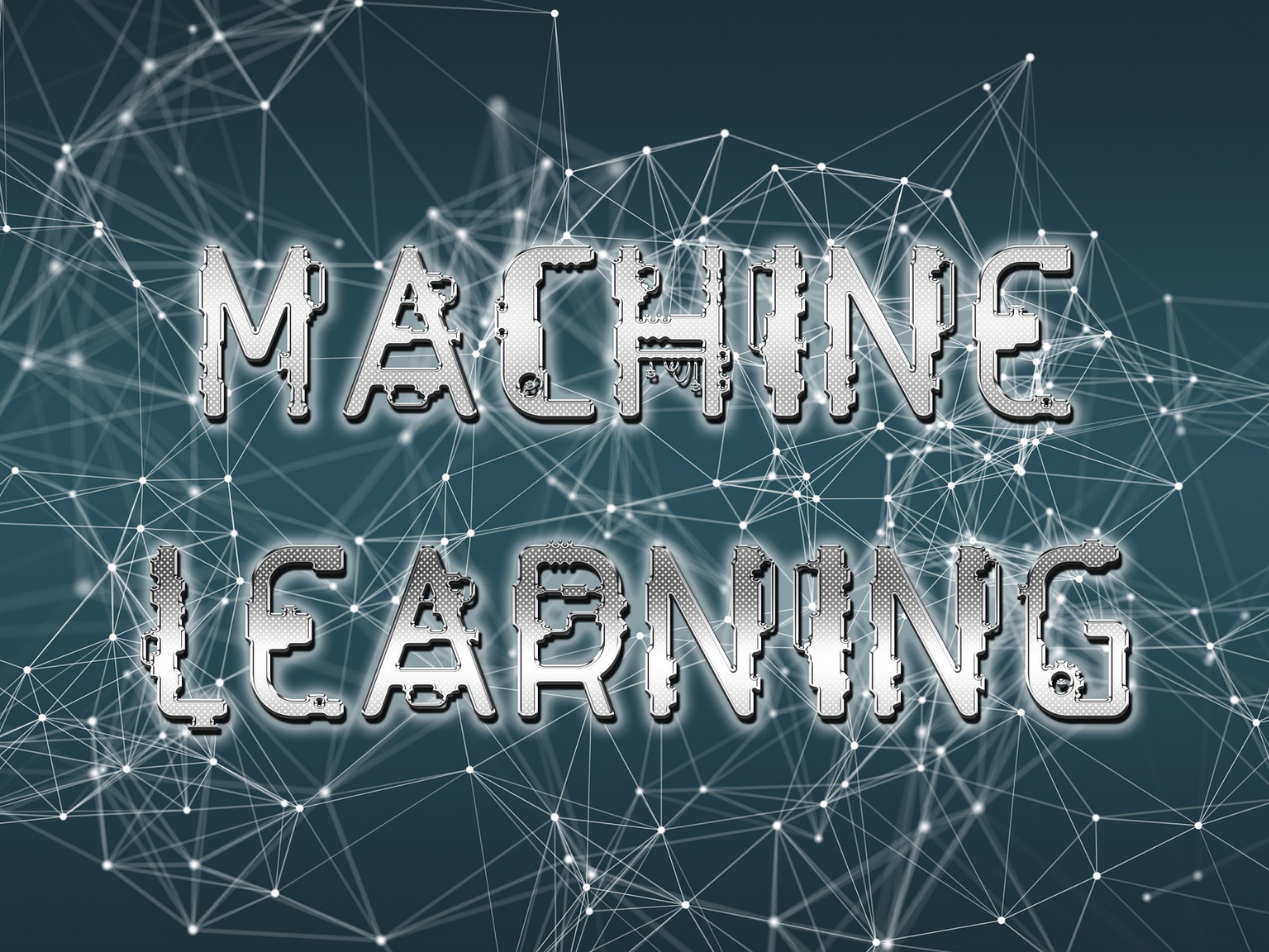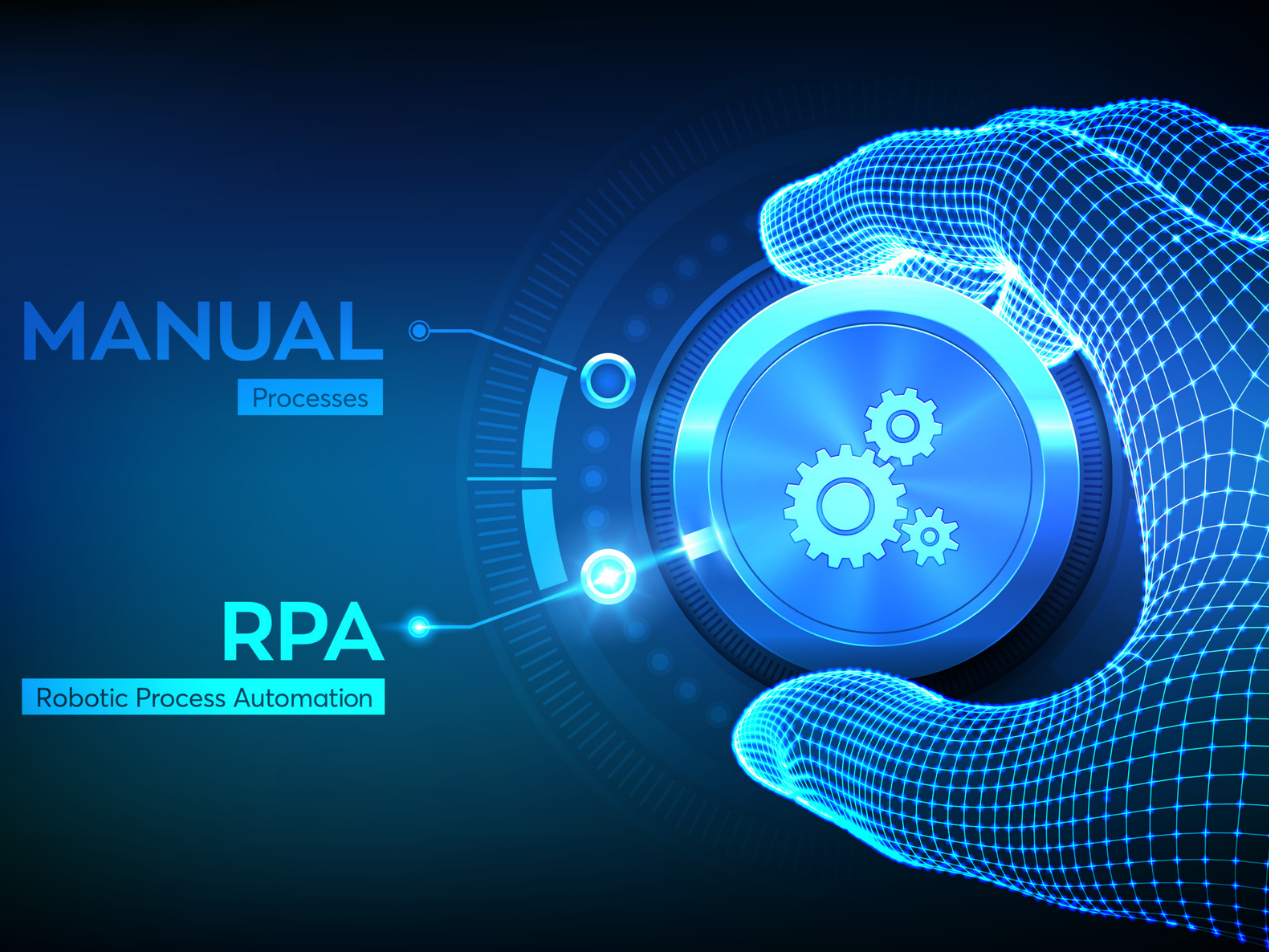
Machine learning takes place when a computer uses an artificial intelligence (AI) algorithm to learn on its own through the analysis of large amounts of data and then creates a model for future predictions. More generally, machine learning simulates human behavior because the machine learns by itself, not through human intervention.
Many, but not all, computer scientists consider machine learning to be a branch or subset of artificial intelligence.
SEE ALSO: HIPAA compliant email—the definitive guide
Which processes can machine learning perform?
Machine learning is used in a wide variety of business, healthcare, and fraud detection applications as well as in devices and processes that are useful in everyday life. These include:
- Virtual personal assistants, such as Alexa and Siri
- Tailored recommendations, such as the "suggested for you" suggestions on Amazon
- Voice recognition
- Computer vision
- Bank and credit card fraud detection
- Internet search engines
- Wearable medical devices
- Computer games
- Email filtering for spam and malware
- Data analysis
Machine learning is also used in very complex products, such as self-driving cars, and complicated processes, including the development of new drugs and vaccines. RELATED: The healthcare digital transformation
Is all machine learning the same?
While machine learning's end goal—to simulate human thinking processes—is part of every machine learning method, computer scientists have developed three main approaches. In supervised learning, the computer algorithm analyzes training data that has been labeled to help the machine identify different types of outcomes.
The algorithm then makes predictions about future outcomes. If those predictions are incorrect, the algorithm can change its model in order to improve future predictions.
Unsupervised learning uses training data that is not labeled. The computer algorithm analyses the unlabeled training data in order to look for patterns and structures.
Reinforcement learning takes a different approach. The machine learning algorithm explores its environment and uses trial and error to determine which behaviors result in rewards. It then adjusts its model in order to obtain more rewards and fewer punishments for its choices.
This process is sometimes described as finding a balance between exploration and exploitation.
Email AI for HIPAA compliant voicemail transcription and more
Paubox Email Suite allows your organization to send HIPAA compliant email without worrying about plugins or portals. However, Paubox is much more than that.
Paubox uses AI and natural language processing to provide HIPAA compliant solutions that tackle issues common to most healthcare organizations. Paubox Email Suite's custom tiers offer the following benefits:
- Voicemail transcription: Receive your organization's voicemails via emails that include both an audio file and a visual voicemail transcription
- Workflow automation: Avoid human error, improve efficiency, and decrease the amount of time your staff spends on mundane, repetitive tasks
- Email data warehouse: Archive your organization's emails into a single data warehouse
Paubox is HITRUST CSF certified, so you can be confident that we meet robust industry standards for cybersecurity.
Subscribe to Paubox Weekly
Every Friday we'll bring you the most important news from Paubox. Our aim is to make you smarter, faster.




